Last week IFALPA re-issued its briefing for the LCCC/Nicosia FIR – the airspace that sits over Cyprus in the Eastern Mediterranean.
The concern relates to the northern portion of the FIR, where aircraft are exposed to risk from uncoordinated and potentially conflicting air traffic control services.
Stats show that there are still hundreds of ATC deviations being reported in the region each year which can be blamed on two major issues:
- Confusion over which ACC has authority.
- Lack of co-ordination between adjacent FIRs.
It’s clear that the region presents these and other unique operational challenges to crews overflying Cypriot airspace. If you’re unfamiliar with it, here’s a run down on what you need to know to keep yourself out of trouble.
The airspace above Northern Cyprus is disputed.
Cyprus is an island divided, between the Greek Cypriots in the south and the Turkish Cypriots in the north. The reasons behind this are long and complex but from an airspace perspective this creates a unique set of issues.
Here’s the problem. ICAO only recognizes the Greek Cypriot (southern) portion of the island and its Nicosia ACC as responsible for air traffic services throughout the entire FIR.
However in the north, the Turkish Cypriots have long since established the Ercan Advisory Area – a piece of airspace in the northern part of the LCCC/Nicosia FIR and a small portion of the LTAA/Ankara FIR (Turkey).
ICAO do not recognise Ercan’s authority to control this airspace. EASA report that this dispute is exposing civil aircraft to potentially conflicting clearances and unknown military activity.
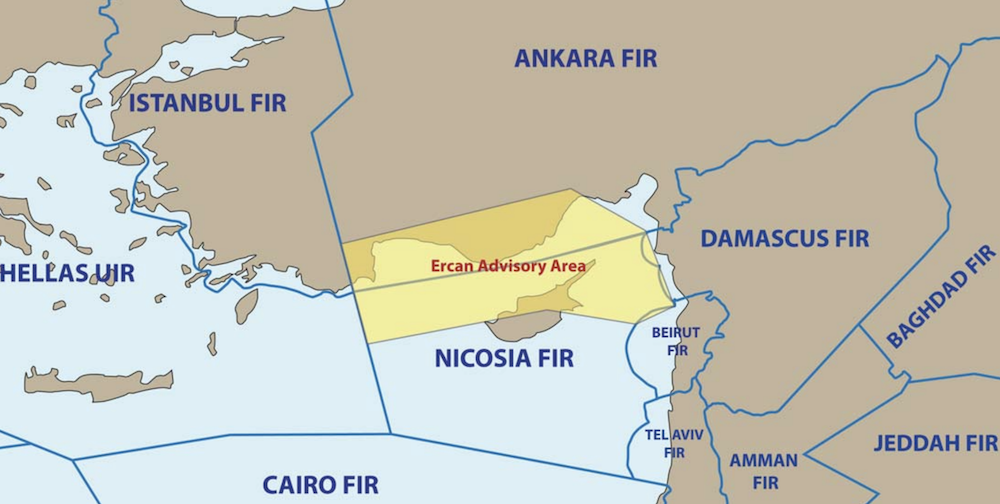
The Airspace Picture
The Silent Treatment
To make matters worse, there’s another issue too. The LCCC/Nicosia and LTAA/Ankara FIRs don’t talk to each other and there is no formal handover, which means a fair bit of co-ordination ahead of time is up to the crew to avoid busting airspace unannounced.
That’s where the IFALPA briefing comes in handy on how to manage the radios while transiting the region. You can read those in detail here and it’s worth printing out and keeping in your flight bag if you plan on flying through this airspace.
In the meantime, here’s a basic breakdown:
Southbound (Ankara FIR ➔Nicosia FIR): Comply with all ATC instructions issued by Ankara. Call Nicosia at least 10 minutes before FIR boundary. At the boundary (VESAR, TOMBI or DOREN) change to Nicosia (don’t expect a hand over).
Within the Nicosia FIR: Do not accept any clearances from an Ercan Station, anywhere in the FIR.
Northbound (Nicosia FIR ➔Ankara FIR): Call at least 10 minutes from the FIR boundary (this needs to be relayed via the Ercan station 126.70).
There are other procedures too for aircraft headed in and out of Syrian airspace, which you can find in the same IFALPA briefing.
GPS Disruptions
The region is also notorious for reports of GPS jamming and spoofing due to its proximity to multiple conflict zones. This can lead to malfunctions of navigation systems which may cause problems as airways in the Nicosia FIR are RNP 5. Let ATC know if you are having issues. Our recent article may also be worth a read.
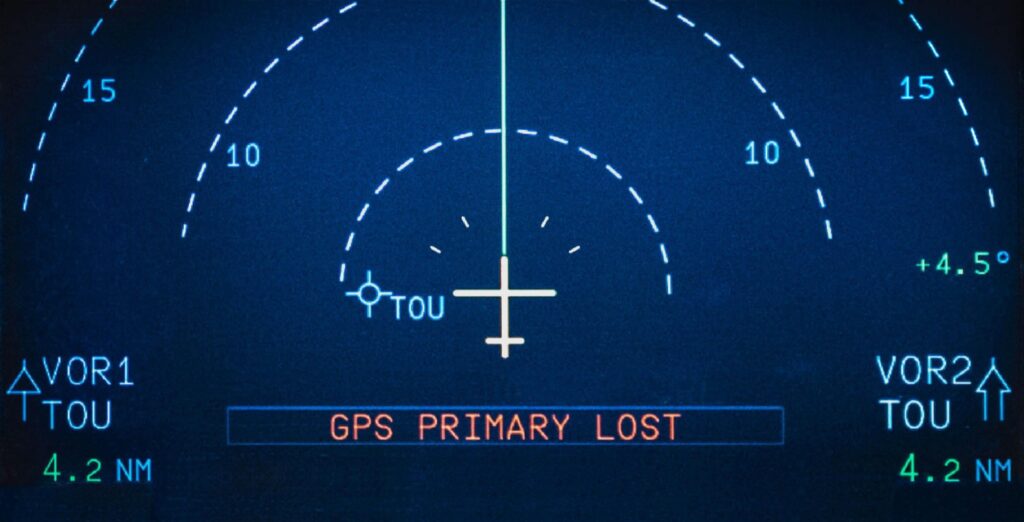
GPS jamming and interference is common in the region.
Proximity to Syria
The Nicosia FIR sits right next to Syrian airspace, which is an active conflict zone. Give it a wide berth, it’s dangerous.
There are multiple airspace warnings in place for Syria, including a total flight ban by the US and German authorities. Some countries add the additional warning to exercise caution when operating anywhere within 200 nautical miles of the country – advice that came into sharp focus in September 2018, when Syrian forces shot down a Russian IL-20M transport category aircraft over international waters 20nm off the coast, mistaking it for an Israeli fighter.
That event significantly changed the risk picture for civil aircraft operating in the vicinity of Syria. We wrote about it here, and the advice still stands – there is a clear risk to civil aircraft operating over Syria, as well as in the overwater airspace east of Cyprus. The risk picture is two-fold: misidentifcation of your aircraft as a military one, and an errant missile launched at another aircraft that locks onto you instead.
Bottom line – avoid flight planning east of Cyprus particularly on airways UP42, UR18 and UL620 which will take you uncomfortably close to the action. Head over to Safeairspace.net for a full briefing on the OSTT/Damascus FIR.
Airport Rules
If you’re planning to fly to and from Cyprus based airports there are some rules you need to know.
Due to the political situation in Cyprus, there is an embargo in place meaning all flights in and out of LCEN/Ercan airport must originate or end in Turkey.
On the other hand, Turkey has banned all flights to major airports LCPH/Paphos and LCLK/Lanarca from any Turkish airport. This presents an operational issue if you are bound for either and end up diverting to nearby alternates in Turkey. Gas and go won’t be an option – you won’t be allowed to continue your flight.
They serve as decent alternates for each other but if the weather demands it, LGRP/Rhodes and LLBG/Tel Aviv maybe better options.
Stay safe up there
On first glance the Nicosia FIR seems to be a straight forward piece of airspace sitting harmlessly over water. But the political environment of the region it occupies creates unique challenges for the crews who operate through it. The IFALPA radio procedures remain the best way to protect yourself from ATC busts while awareness of the airspace risks around you will help keep you safe next time you’re headed out that way.
Further Reading:
- For more on the ongoing dispute between Turkey and Greece, including the tiresome Notam battle they have been waging against each other for the last few years, check out our article here.
- The SafeAirspace.net page for Cyprus can be found here. The SafeAirspace Conflict Zone & Risk Database provides a single, independent, and eternally free resource for all airspace risk warnings, so that airlines and aircraft operators can easily see the current risk picture for unfamiliar airspace.
More on the topic:
- More: TIBA in Australia: What’s Going On?
- More: Bizav Roadblock: Turkey and Armenia
- More: Major Earthquake in Turkey
- More: Turkey, Syria and Iraq: Airspace Risk
- More: What on earth is a Medicane?
More reading:
- Latest: Outsmarting GPS Tricks: Easy Solution for Spoofing
- Latest: TIBA in Australia: What’s Going On?
- Latest: That MMEL Thing: Here’s an Update
- Safe Airspace: Risk Database
- Weekly Ops Bulletin: Subscribe
- Membership plans: Why join OPSGROUP?



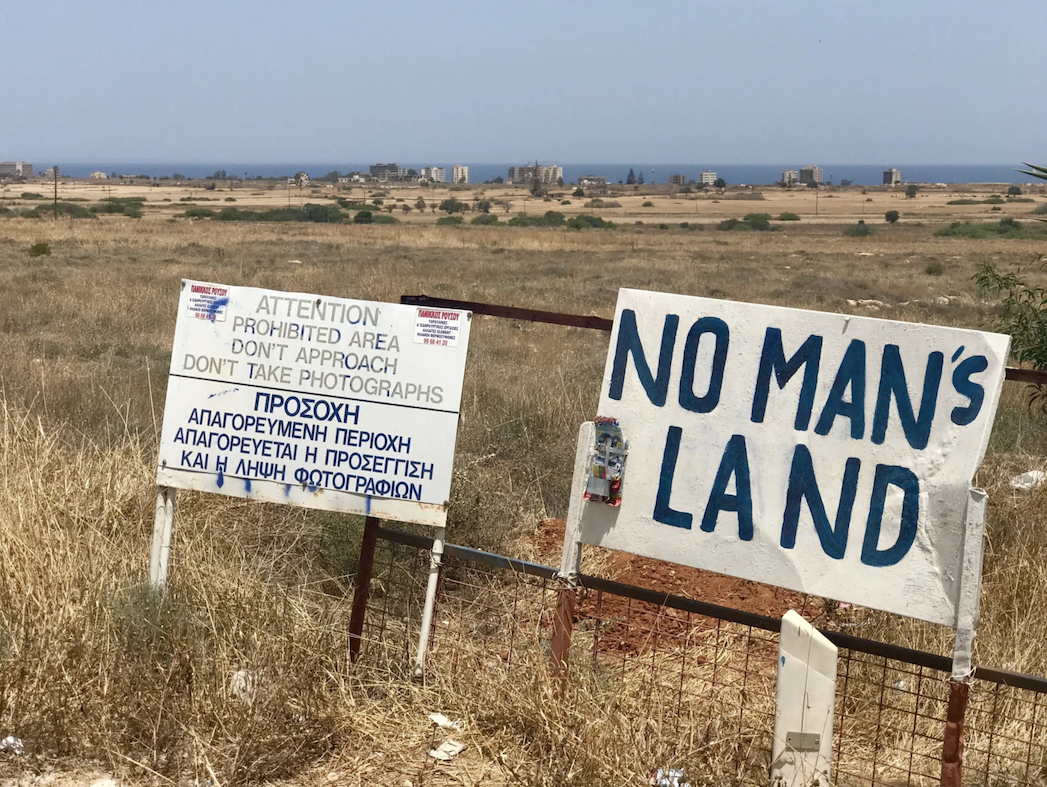
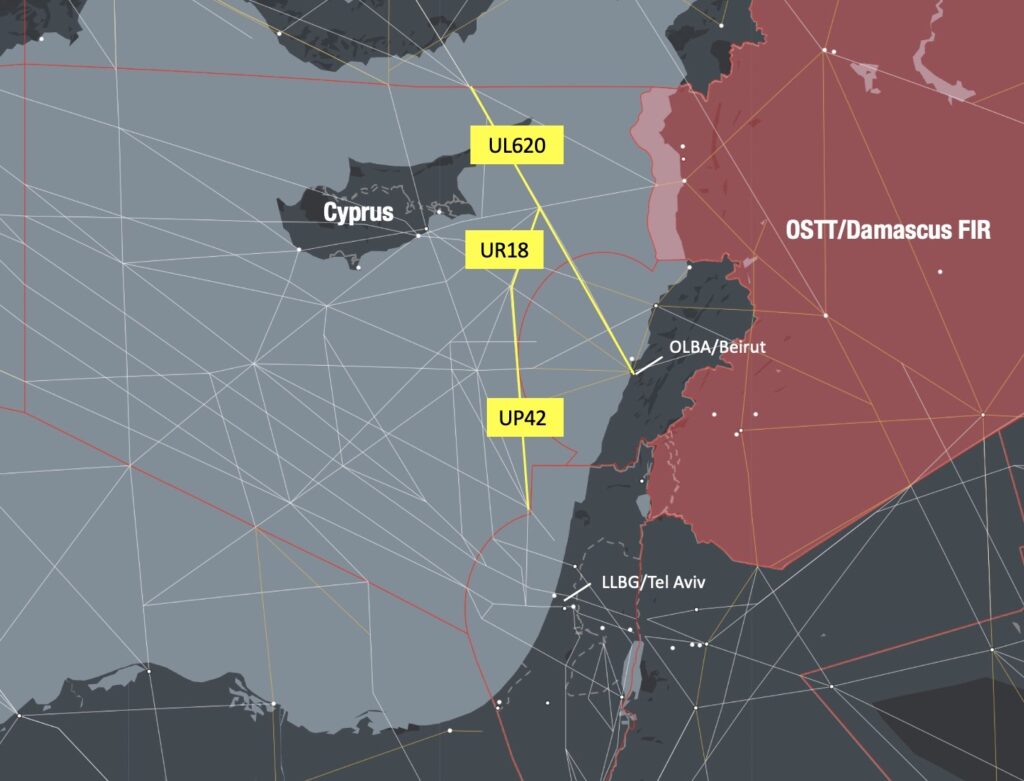


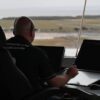
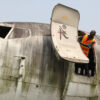

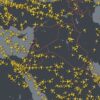

 Get the famous weekly
Get the famous weekly 



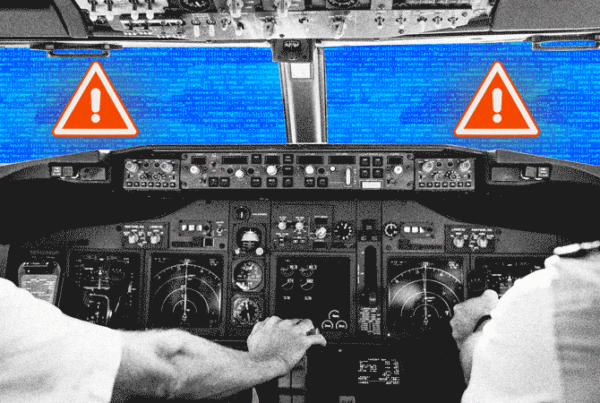
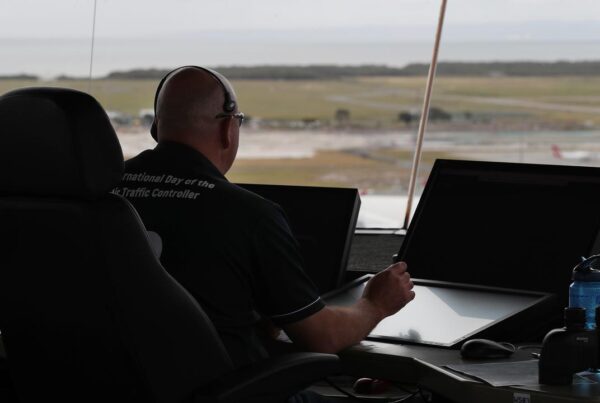
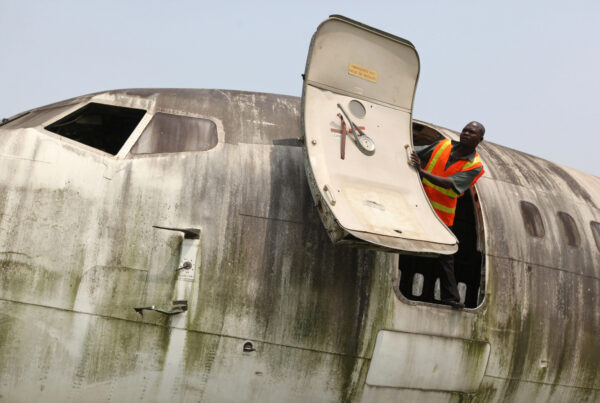
Dear all, greetings.
Could you please revise the content in accordance with revised IFALPA leaflet.
Thank you very much.
Kind regards.